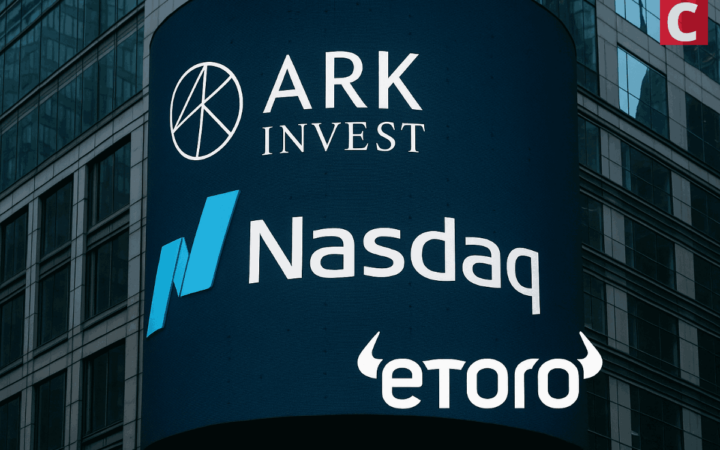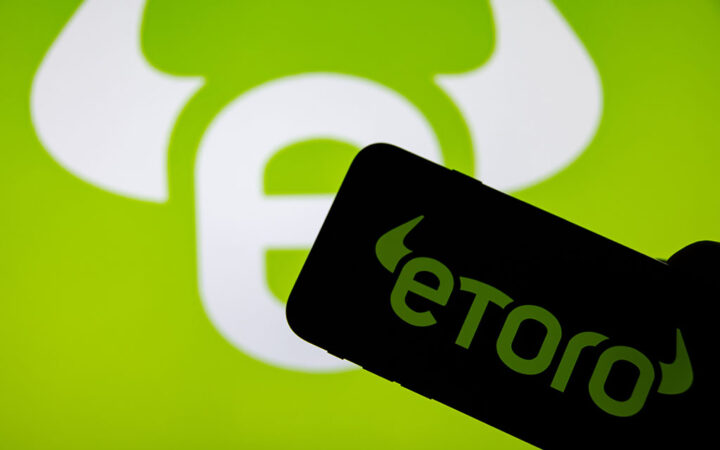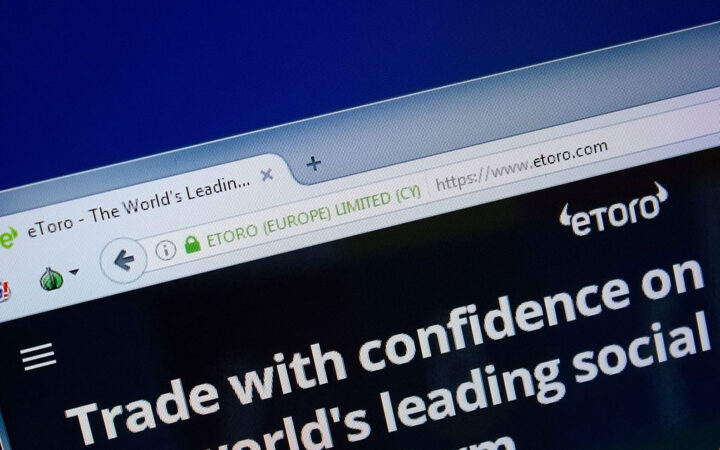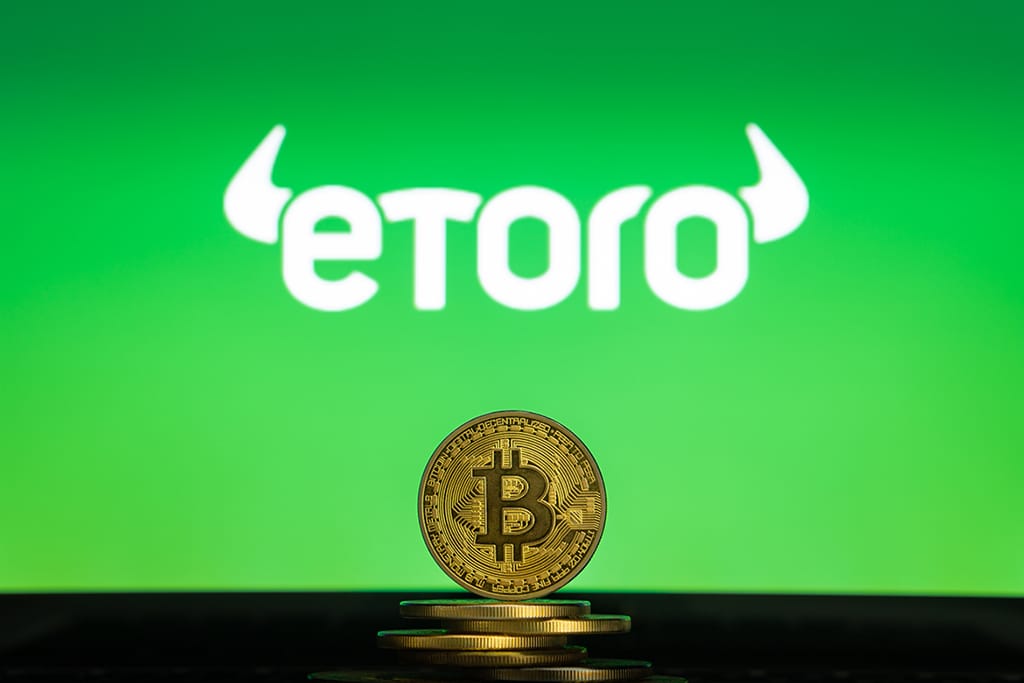
Please check out latest news, expert comments and industry insights from Coinspeaker's contributors.
Knowledge is power, especially when it comes to risking your own money. Find out all the nuances of the EOS/GBP trading to guaranteedly stay afloat.
The EOS/GBP trade pair matches up EOS with the UK’s pound sterling, the fiat currency issued by the Bank of England. EOS.IO is one of these new blockchains, and its EOS cryptocurrency became the fifth largest cryptocurrency by market capitalization even before the conclusion of the project’s year-long 2017/18 ICO.
EOS is the platform’s native cryptocurrency and can also now be traded against fiat currencies. Mixed cryptocurrency and fiat CFD pairs are defined by the much more volatile price movement of the crypto side to the pairing, and EOS/GBP value is no exception.
As a new cryptocurrency, EOS is even more volatile than Bitcoin or Ethereum, the markets two most established cryptocurrencies and those with the highest overall market capitalization. Trading EOS GBP requires first understanding how EOS and EOS.IO fit into the cryptocurrency ecosystem and also, to a lesser extent, the factors which influence the pound sterling’s movement.
65% of retail investor accounts lose money when trading CFDs with this provider. You should consider whether you can afford to take the high risk of losing your money.
EOS is the utility token cryptocurrency used to pay for the computational power provided by the EOS.IO blockchain, a smart contract and decentralized applications (DAPPs) platform that has many similarities to the functionality of Ethereum.
EOS is one of the most recently arrived major cryptocurrencies, and its creators label its EOS.IO platform a ‘third generation’ blockchain. The coins have recently been converted into native EOS.IO tokens from the Ethereum-based tokens of the blockchain’s ICO – which was somewhat ironically built on the Ethereum blockchain.
EOS.IO can be considered a direct competitor to Ethereum as a blockchain host for decentralized applications built from smart contracts. The company behind EOS.IO, Block.one, has positioned the platform as resolving the scalability issues that have plagued Ethereum during periods of increased activity.
This, they believe, makes EOS.IO more suited to being able to support enterprise-scale applications. This is achieved through the use of multi-threaded blockchain structure that can run on multiple computer cores and substituting Ethereum’s proof-of-work security model for a delegated proof-of-stake consensus protocol.
Unlike Ethereum, EOS.IO also eliminates all fees for the users of applications, with EOS tokens only being charged to application owners relative to the bandwidth their DAPP uses. Owning 1% of all EOS tokens allows the use of up to 1% of the blockchain’s computational power.
The GBP is the 4th most traded fiat currency in the world with global foreign exchange markets and international trade more often involving only the U.S. dollar, the EU’s euro and Japanese yen. The pound sterling (GBP) is issued by the Bank of England and has historically been one of the world’s most stable currencies.
The historically consistent political climate has been thrown a little off track over the past couple of years as a result of the Brexit process, and the GBP demonstrated more volatility as a result. The economic uncertainty that goes with this significant change has also, of course, contributed to the pound becoming less attractive recently.
For foreign exchange traders this volatility is welcome, but within the context of the EOS/GBP pairing, it should be noted it is still relatively insignificant due to the far greater price swings usual for the cryptocurrency market.
Trading the EOS/GBP chart is first and foremost a trade on the wider cryptocurrency market and secondly a trade on EOS itself. The former is more of an influence on short-term trades with the latter more important to those holding the pair long-term.
Like all other major cryptocurrencies, EOS is volatile over both the short and long term. Average daily volatility is in the upper half of single digits and over its short history, long-term value has been multiplied and divided several times over.
The cryptocurrency market is still very immature in comparison to that for fiat currencies and dominated by a mix of retail investors and ‘whales’ who own disproportionately large percentages of the total circulation of different cryptos. This means sentiment can change abruptly on news or major buy or sell orders and comparatively, low liquidity translates into dramatic swings in price.
EOS’s price trends are closely correlated with those of the wider cryptocurrency market and overall public sentiment around future mainstream adoption. As a very new blockchain platform, traders should also keep a close eye on how successfully Block.one is attracting DAPP developers in comparison to competitors such as Ethereum.
Over $1 billion of the $4 billion-plus raised during the recent EOS ICO has been earmarked to help build the ‘ecosystem’ of EOS DAPPs through acquisitions and how well this strategy is implemented will go a long way to determining the future value of EOS token. GBP’s value is tied to how well the UK economy is doing in relation to the economies of other major fiat currencies. The Bank of England’s monetary policy, such as interest rate decisions, is also important.
However, as a result of the maturity and depth of the international foreign exchange market for fiat currencies, they show far less volatility than that of cryptocurrencies like EOS. As such, traders taking a position on the EOS GBP pair should be focused on the trends of EOS and the drivers influencing those shorter and longer term.
The pair will mainly be traded by those with a CFDs account denominated in GDP. Because the EOS part of the pair will account for the lion’s share of volatility and EOS is quoted in USD on international cryptocurrency exchanges, there is little incentive for those with trading accounts denominated in other fiat currencies to take a position on EOS/GDP.
Brexit means the GDP is more volatile than has historically been the case but still not to the extent that it will make more than an incremental difference to the success or failure of a trade. As a CFD pair, an added advantage is that traders can take both long and short positions on EOS/GDP.

Please check out latest news, expert comments and industry insights from Coinspeaker's contributors.




